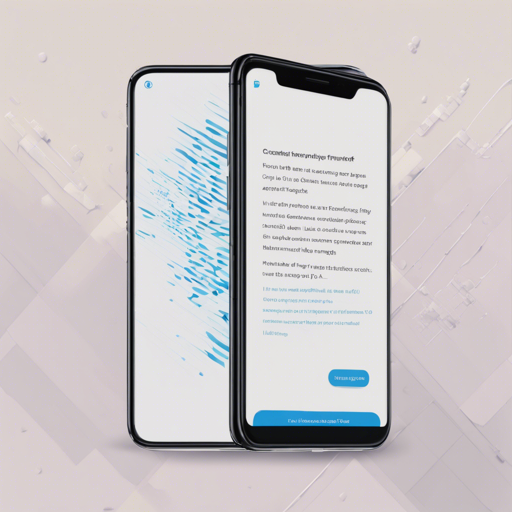Welcome to the versatile world of Flutter, where applications can come alive with voice capabilities! In this blog, we will dive into how to integrate the Flutter Text to Speech (TTS) plugin into your application. Whether you’re developing for Android, iOS, or web, this guide has got you covered!
Features of Flutter TTS
The Flutter TTS plugin provides a myriad of features designed to enhance user experience:
- Supports multiple platforms: Android, iOS, Web, Windows, and macOS
- Functions like speak, stop, pause, and set speech parameters (rate, volume, pitch)
- Get available languages and voices
- Synthesize speech into files
- Handle audio sessions effectively on iOS
Setting Up the Flutter TTS Plugin
To get started with Flutter TTS, you’ll need to perform several key tasks. Here’s how:
1. Updating the Project Files
In your project’s pubspec.yaml file, add the following dependency:
dependencies:
flutter:
sdk: flutter
flutter_tts:2. Utilize the Plugin for Basic Actions
To use the TTS capabilities, instantiate the plugin in your Dart code:
FlutterTts flutterTts = FlutterTts();Now you can start using TTS functionalities. For instance, to speak text:
await flutterTts.speak("Hello World");Understanding the Plugin’s Core Code
To clarify the underlying principles of the plugin, let’s use a creative analogy. Think of the TTS plugin as a chef in a kitchen. The kitchen represents your application, the chef is the TTS plugin, and the ingredients are the texts you provide. When you instruct the chef (make a call to the speak function), the chef transforms the ingredients (text) into a dish (audio output). Variables like speech rate, volume, and pitch are akin to adjusting seasoning levels—changing the final taste of the dish to suit the audience’s preferences!
Troubleshooting Tips
While using the Flutter TTS plugin, you may encounter a few hiccups. Here are some troubleshooting suggestions:
- Ensure your minimum Android SDK version is set to 21 or higher in the
android/app/build.gradlefile. - If you face any issues on iOS with Swift integration, refer to the known issue mentioned in Flutter#16049.
- To address the pause functionality on Android, make sure the native method onRangeStart() is being invoked correctly.
- If you experience audio issues, verify that you have set the correct audio session category.
For more insights, updates, or to collaborate on AI development projects, stay connected with fxis.ai.
Conclusion
Integrating the Flutter TTS plugin into your project opens up a new realm of possibilities for user interaction. Whether adding voice instructions, creating interactive games, or developing accessibility features, TTS is invaluable. At fxis.ai, we believe that such advancements are crucial for the future of AI, as they enable more comprehensive and effective solutions. Our team is continually exploring new methodologies to push the envelope in artificial intelligence, ensuring that our clients benefit from the latest technological innovations.
Getting Additional Help
If you need more assistance or wishes to customize further, visit the official Flutter documentation for a variety of resources!

